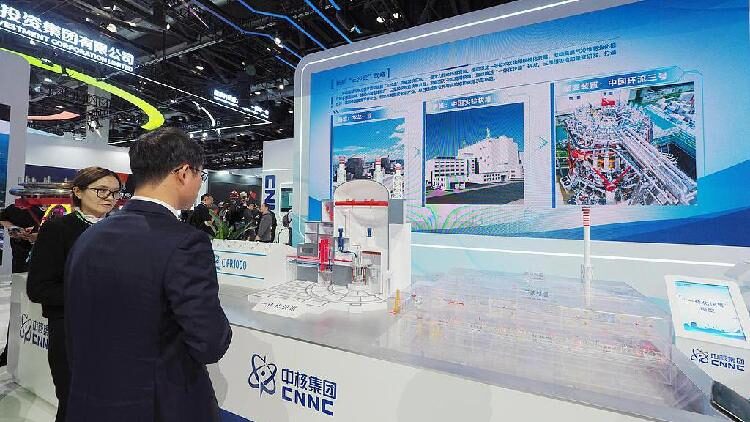On Friday, China announced the completion and shipment of the final set of Correction Coil In-Cryostat Feeder components to the ITER site in southern France. This milestone means all the super-large components needed for the ITER magnet feeder system have been successfully developed.
The ITER (International Thermonuclear Experimental Reactor), often dubbed the world’s largest “artificial sun”, aims to generate clean, carbon-free energy through fusion reactions—similar to how the sun produces light and heat. The project is jointly funded by the European Union, China, the United States, Japan, the Republic of Korea, India, and Russia.
Developed by the Chinese Academy of Sciences’ Institute of Plasma Physics (ASIPP), the magnet feeder system is considered the “lifeline” of ITER’s magnet system. The largest component, the Correction Coil In-Cryostat Feeder, consists of nine sets built as half-ring structures, each measuring 16 meters in diameter and 3 meters in height.
According to Lu Kun, deputy director of ASIPP, the magnet feeder system is crucial to ITER. “It provides energy and cooling media to the fusion reactor magnets, sends back critical control signals, and acts as a discharge channel to safely release stored magnet energy,” Lu explained. The system, independently manufactured and tested by ASIPP, comprises a total of 31 sets with a combined weight of about 1,600 tonnes.
Song Yuntao, vice president of the Hefei Institutes of Physical Science and director of ASIPP, highlighted the institute’s international collaborations over the past 20 years. “We have built stable relationships with more than 140 research institutions across over 50 countries, assisting many emerging countries in developing their own fusion research programs and facilities,” Song said.
The successful delivery of the magnet feeder components marks a significant contribution by China to the global pursuit of clean and sustainable energy through nuclear fusion.
Reference(s):
China delivers key components for world's largest 'artificial sun'
cgtn.com








